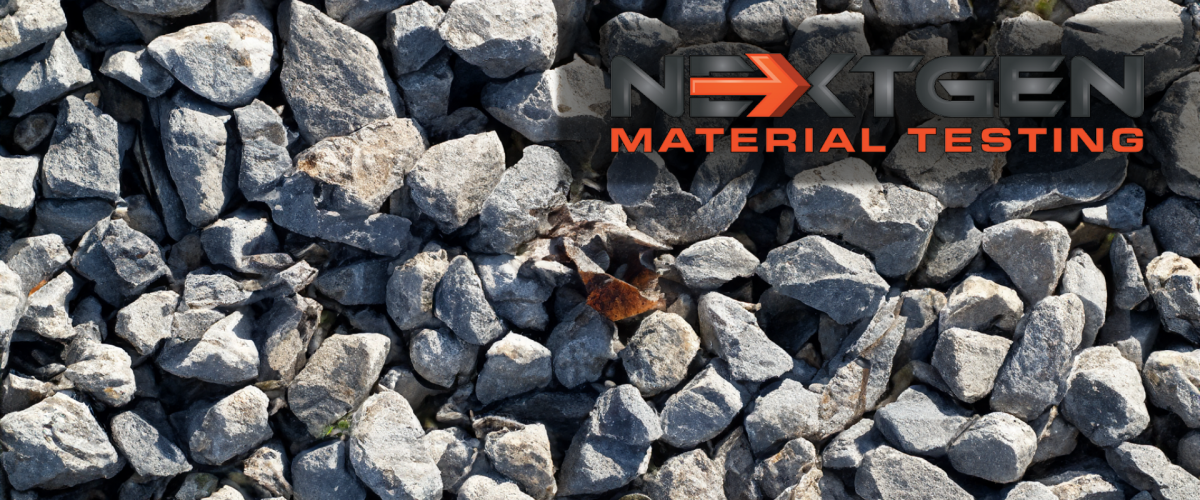Have you ever wondered how engineers determine rocks’ suitability for constructing towering skyscrapers or long-span bridges? The answer lies in the complex field of rock mechanics testing, a crucial aspect of geological and civil engineering. The purpose of this discipline is to understand the strength, durability, and behavior of rock materials under a variety of stress conditions. This process requires the use of specialized testing equipment that ensures precision, accuracy, and reliability.
At NextGen, our comprehensive line of innovative equipment is designed to meet modern engineering and geology demands. With products like the Double Faced Rock Core Grinder Machine NG-CoreGrind 2000, the Rock Shear Box Apparatus, and the Rock Strength Index Apparatus, we are setting new standards in the industry. These tools not only simplify the testing process but also enhance the quality and reliability of the data gathered. As a result, this paves the way for safer and more efficient engineering projects. The purpose of this blog is to review the features and applications of these innovative tools and demonstrate how they are changing the field of rock mechanics testing.
The Basics of Rock Mechanics Testing
In order to understand the purpose of rock mechanics testing, we must first understand what it is. Rock mechanics testing, a key component of geotechnical engineering, involves studying how rock materials respond to different forces, most notably stress and strain. This field is essential in construction and mining projects by providing insights into how materials behave under specific conditions. In addition to measuring strength or endurance, it is also critical to predict how rock will perform in real-world situations, such as supporting a skyscraper or enduring a mining process. Structures and operations relying on rock materials require an understanding of these responses in order to ensure their safety and stability.
Testing of rock mechanics involves several laboratory and field-based tests that provide valuable information about the physical properties and behavior of rocks. It includes the preparation of specimens, the analysis of joint behavior, and the performance of uniaxial and triaxial tests. Comprehensive testing is necessary to accurately determine rock materials’ stress and strain characteristics. As an example, in uniaxial tests, increasing vertical stress is applied at a constant rate to measure axial and radial strains, while triaxial tests require the application of a constant isotropic confining pressure followed by vertical stress.
The purpose of rock mechanics testing in mining is to understand rock behavior in the subsurface and to devise safe and efficient methods of excavating and extracting minerals. As a result, it facilitates the prediction of rock response to drilling, blasting, and tunnel boring, and the design of effective excavation support systems. Similarly, rock mechanics is essential in tunneling in order to evaluate the geological conditions and determine the most appropriate excavation techniques that will ensure that the tunnel structure is stable and safe.
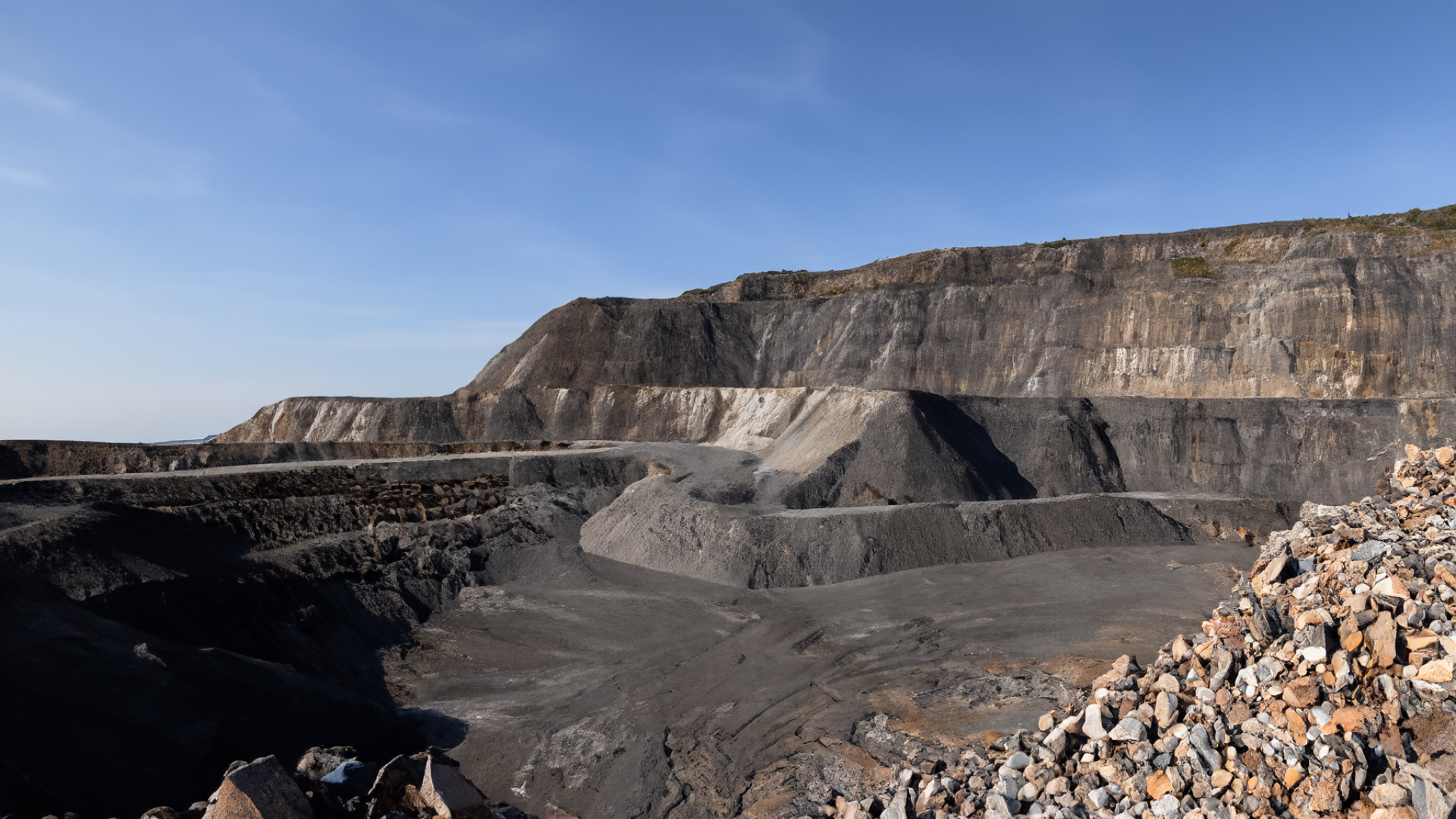
Recent Trends in Rock Mechanics Testing
The field of rock mechanics testing is experiencing significant advancements that are reshaping its landscape as it continues to evolve. These developments, which range from advanced testing equipment to the integration of automation and digitalization, are setting new standards for the accuracy and efficiency of rock behavior analysis. Throughout this section, we will explore these recent trends and their impact on various industrial applications, discussing how they are revolutionizing our understanding and use of rock materials.
Advanced Testing Equipment: With the advent of sophisticated testing equipment, rock mechanics testing has undergone a significant transformation. As a result of these advanced machines’ enhanced precision and accuracy, a more nuanced understanding of rock behavior can be gained. For structural and operational safety, they are crucial in determining the stress and strain characteristics of rock materials.
Automation and Digitalization: There has been a significant shift towards the automation of rock testing processes. The use of automated systems enables higher precision, minimizes human error, and facilitates the collection and analysis of data in an efficient manner. As technology advances, the integration of digital tools and software for data analysis and interpretation further enhances the accuracy of testing results.
Environmental and Safety Considerations: Environmental and safety considerations are increasingly incorporated into modern rock mechanics testing. As part of this holistic approach, the environmental impacts of rock materials and construction methodologies are evaluated, as well as the safety of structures that are supported by rock foundations is prioritized.
Integration with Other Scientific Disciplines: In recent years, this field has evolved to become more interdisciplinary, combining insights from material science, physics, and chemistry. By integrating, we are able to gain a better understanding of rock properties and behaviours, allowing for more informed decisions in the construction and mining industries.
Industry Impact of Rock Mechanics Testing
A number of industries have benefited from advancements in rock mechanics testing, each using this technology for a specific purpose:
-
Construction and Infrastructure: In this sector, rock testing plays a critical role in the design of major structures such as dams, tunnels, and building foundations. Engineers can ensure the safety and stability of structures by understanding the strength, stiffness, and deformation properties of rock formations. In areas subject to seismic activity or other geological challenges, this testing is vital in order to identify potential hazards, such as unstable rock formations, which can then be mitigated through proper engineering practices.
-
Mining and Resource Extraction: The study of rock mechanics is a crucial part of mining engineering. It is used for assessing the stability of underground openings, designing safe excavation methods, and optimizing mineral resource extraction. By using testing, mining operations can be made more efficient by identifying the most appropriate excavation methods for different rock formations. Additionally, it assists in designing support systems for underground excavations and plays a vital role in the safe and efficient extraction of resources.
-
Energy Sector: Understanding rock properties through testing is essential for industries such as oil, gas, and geothermal energy. Testing rocks ensure operational safety and efficiency, particularly when designing drilling methods and assessing potential risks associated with resource extraction activities.
-
Environmental Engineering: Rock mechanics testing contributes to environmental conservation by assisting in the design of structures and excavation methods that minimize the environmental impact. As well as assessing natural hazards such as landslides and earthquakes, it is used to analyze slope stability for infrastructure projects such as roads, railways, and tunnels. In order to design tunnel supports and linings that are both safe and efficient, as well as optimize rock blasting operations for excavation and demolition purposes, this testing is essential.
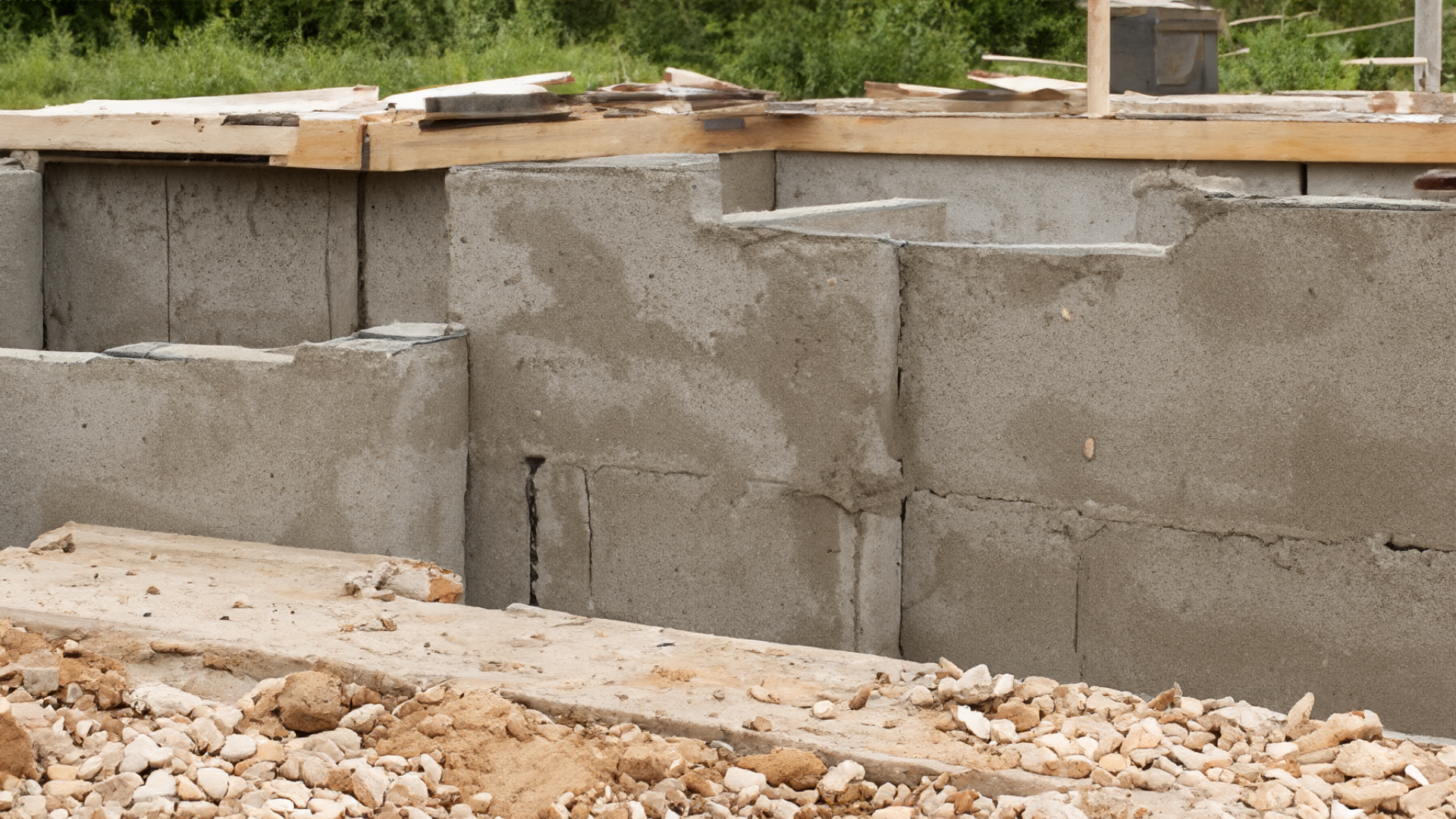
In light of the increasing demand for safe and sustainable engineering practices, the field of rock mechanics testing is expected to undergo further advancements as technology continues to advance. As a result of innovations made by companies such as ours, complex challenges in rock mechanics can be solved in a sophisticated manner. By integrating new technologies and interdisciplinary approaches, this field will be further revolutionized, enhancing its precision, reliability, and relevance across a wide range of industries.
Introduction to NextGen Material Testing’s Rock Mechanics Testers
Having explored the details of rock mechanics testing, the next step is to discuss the cutting-edge products offered by us. We have developed a number of advanced equipment to meet the demands of modern geotechnical, mining, and construction firms. Our product line, including Rock Core Grinder Machine, Rock Shear Box Apparatus, and Rock Strength Index Apparatus, is a perfect example of precision engineering and robust construction. The products are specifically designed for different aspects of rock mechanics testing, ensuring that results are accurate and reliable.
NG-CoreGrind 2000 is an automatic double-faced core grinder machine that meets ASTM standards for grinding and polishing concrete or rock cubes and cylinders. With its two grinding heads equipped with diamond wheels of 8 inches, it ensures high precision and quality in specimen preparation. Next, the Rock Shear Box Apparatus, which consists of a shear box for samples or cores and a system for applying shear and normal loads, is an important tool for determining rock strength and slope stability. The last product, which we will review in this blog, is the Rock Strength Index Apparatus. It features a frame with a 60 kN load capacity and a hydraulic loading ram, is adjustable for different sample sizes and provides precise load measurement through a pressure transducer and digital display.
These tools are not simply instruments, but valuable assets that are instrumental in ensuring the structural integrity and success of various projects across a broad range of industries. As we move forward in exploring these cutting-edge products, their specific features and applications in rock mechanics testing will be discussed in subsequent sections.
Double Faced Rock Core Grinder Machine – NG-CoreGrind 2000
To begin with, our Double Faced Rock Core Grinder Machine NG-CoreGrind 2000 is an innovative solution designed for grinding and polishing rock and concrete specimens. It complies with ASTM D4543, ASTM C42, EN 12390-3 and EN 12504-1 standards, making it suitable for use in construction sites, geological laboratories and other environments.
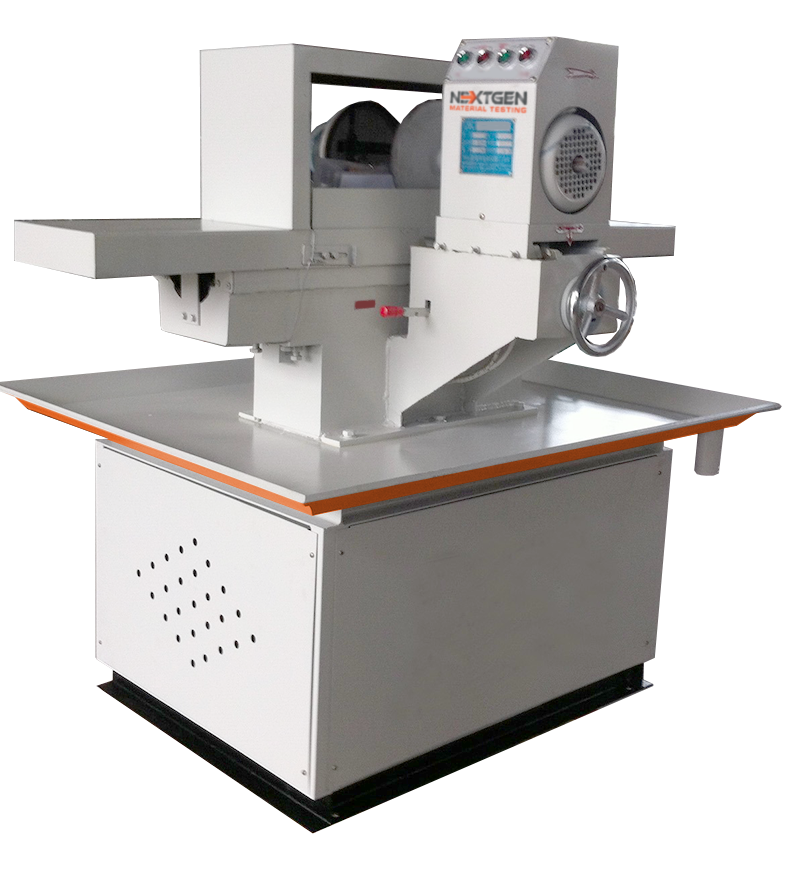
The machine features two flexible grinding heads, each with an 8-inch diamond grinding wheel, delivering exceptional precision and quality in specimen preparation. The NG-CoreGrind 2000’s design focuses on user-friendliness and efficiency, with a table that securely locks specimens for accurate grinding. Its grinding head can be adjusted both manually and automatically, providing flexibility and control over the grinding process.
Thanks to its advanced technology and robust construction, the NG-CoreGrind 2000 is capable of meeting the stringent requirements of the industry. NG-CoreGrind 2000’s lifetime product support and stocked consumables and spares ensure its longevity and uninterrupted operation, making it an indispensable laboratory and field instrument.
Features of the NG-CoreGrind 2000
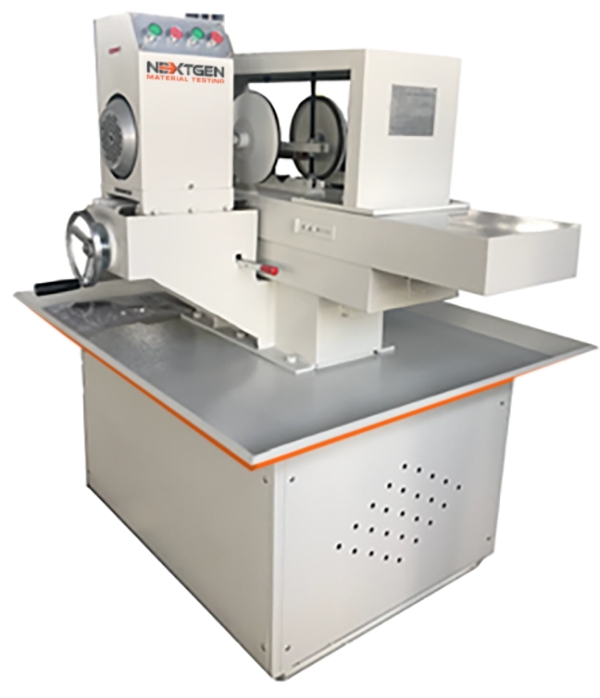
The NG-CoreGrind 2000 Double Faced Core Grinder Machine offers a number of features designed to enhance efficiency, precision, and convenience in specimen preparation. As a result of its large base table, it is able to grind multiple specimens rapidly and efficiently, making it the ideal choice for high-volume testing applications.
Due to its ergonomic design and compact footprint, this bench model is particularly suitable for laboratories with limited space. Moreover, this aspect of the design contributes to an improved level of safety in the laboratory.
Furthermore, the machine is equipped with a state-of-the-art cooling system that can be either connected to the main water supply or recirculated. By incorporating this feature, the machine will be able to perform consistently and reliably, even after prolonged usage, ensuring that specimen quality is maintained and the machine will last for a long time.
Standard Configuration and Specifications for the Double Faced Core Grinder Machine
The following section details the product’s standard configuration and technical specifications, highlighting the machine’s advanced capabilities and ease of use.
Standard Configuration:
-
Main Machine: The heart of the NG-CoreGrind 2000, provides efficient and reliable grinding performance.
-
Diamond Grinding Wheels: The key to achieving precise and consistent grinding results.
-
Clamping Devices: Maintain specimens during grinding by securely holding specimens in place.
-
Operation Manual: Detailed instructions for operating the machine.
Technical Specifications:
-
Motor: A powerful 0.75kW, 1,430rpm motor powers the machine, promoting efficient operation.
-
Power for Grinding Head: The dual 1.1kW, 2,800rpm grinding head delivers superior grinding performance.
-
Grinding Mode: Enables parallel grinding of both ends of the specimen at the same time.
-
Grinding Head Control Modes: Offers manual or automatic control.
-
Automatic Grind Feeding Speeds: Different grinding requirements can be met by adjusting the feeding speed between 0.04-0.2mm.
-
Maximum Specimen Sizes: Capable of accommodating a variety of cube and cylindrical specimen sizes.
-
Surface Fineness: Achieves a high level of surface smoothness at Ra3.2.
-
Flatness and Precision: Ensure minimal error and maximum vertical precision.
-
Cooling Devices: Options include water cooling and liquid nitrogen cooling for different grinding conditions.
-
Dimensions and Weight: A compact yet robust design, weighing 1323 lbs / 600 kg, makes it suitable for a wide range of laboratory settings.
Overview of the Rock Shear Box Apparatus
The Rock Shear Box Apparatus was developed by us to comply with ASTM D5607 standards. When used in laboratory settings, it provides a practical and reliable method of assessing rock strength and slope stability. Shear boxes can accommodate samples measuring 115 mm x 125 mm or cores measuring 102 mm x 102 mm.
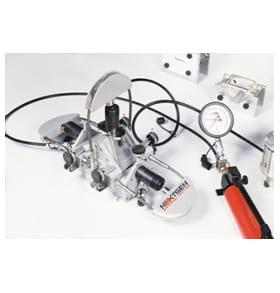
A dual-ram shear box has been designed for versatility, with the upper half being connected to two rams for reversible shearing action, and the lower half being connected to a ram for applying normal load. Under various conditions, this arrangement allows accurate measurement of shear strength. A Bourdon tube load gauge or a pressure transducer is used to record the loads exerted during the tests, with the latter enabling external data logging.
For the purpose of accommodating different testing requirements, two versions of the Rock Shear Box Apparatus are available: the NG-ShearBox/A and the NG-ShearBox/D. The NG-ShearBox/A version features five digital gauges, two mould formers, and two hand-operated pumps for lateral and vertical loads, equipped with Bourdon gauges. There is a pressure maintainer on the pump for vertical load, ensuring that the load is applied uniformly during the test.
On the other hand, the NG-ShearBox/D version is fitted with potentiometric transducers and pressure transducers that provide direct load measurement on an external data logger, as well as a similar pressure maintainer system for the vertical load pump. Regardless of the model, both versions of the apparatus provide accurate and consistent results, which are essential for assessing the mechanical behavior of rock specimens under shear stress.
With dimensions of 18.1″ x 10″ x 23.6″ / 46 x 25 x 60 cm and an approximate weight of 100 lbs / 45 kg, the NG-ShearBox is a compact and efficient solution for testing shear strength. These tools provide advanced, reliable solutions for rock mechanics testing, which is necessary for a wide range of geotechnical applications.
Rock Strength Index Apparatus – Review
The third and final product we review in this blog is our Rock Strength Index Apparatus, which we examine in the context of NextGen’s advanced rock mechanics testing tools. This tester complies with ASTM D5731 and is designed to provide accurate and efficient strength measurements of rock samples. As part of its design, it has a robust load frame with a load capacity of 60 kN and a hydraulic loading ram, which is operated by a hand pump. Despite its versatility, this apparatus is capable of handling rock samples up to 102 mm in diameter.
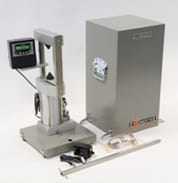
The apparatus includes a precision ruler for direct measurement of the distance between conical platens before and after the test, which provides information regarding the compression load. A sophisticated pressure transducer connected to a digital display unit measures the load itself, providing high accuracy and reliable resistance to failure shocks. Precision measurements are particularly important in rock mechanics, as accurate data analysis and conclusions rely heavily on accurate measurements. Additionally, we specially designed the Rock Strength Index Apparatus for versatility – it can be equipped with the NG-D0550/D5 accessory for performing compression tests on smaller cores or cylindrical specimens, making it an invaluable tool for a variety of geological and engineering applications.
This apparatus is conveniently packaged in a plastic case that makes it easy to transport and convenient to use. Geotechnical engineers and related professionals can expect reliable and accurate testing outcomes with this tool, enhancing their research and project execution efforts.
Configuration and Specifications of the Rock Strength Index Apparatus
Our Rock Strength Index Apparatus provides accurate, efficient, and versatile rock strength testing capabilities. Geotechnical professionals benefit from these features because they are customized to meet their diverse needs. Here is a closer look at them:
-
Light and Portable Unit: Enhances ease of transport and use in different locations.
-
Sample Size: Accommodates samples up to 102 mm in diameter.
-
Accepts Irregular Shaped Samples: Versatile in handling different sample geometries.
-
High Resolution Digital Display: Battery-operated for convenience and clarity.
-
Resistant to Failure Shocks: Designed to withstand rigorous testing conditions.
-
Serial Port for PC Connection: Facilitates data transfer and analysis.
-
Compression Platens Option: Allows compression testing on small cores and cylinders.
A closer examination of the Rock Strength Index Apparatus reveals its capacity to handle a variety of testing conditions. The specifications are carefully designed to ensure uniform ease of use under a variety of testing conditions.
-
Load Range: 0 – 60 kN, accommodating a wide range of testing requirements.
-
Digital Display: 2×16 characters for clear data representation.
-
Resolution: 32,000 divisions for precise measurements.
-
Load Pacer: Included to ensure consistent testing conditions.
-
Units for Load Measurement: kN and MPa, offering flexibility in data interpretation.
-
Connections: Includes a serial port for PC connectivity.
-
Accuracy: ±1%, ensuring reliable and accurate results.
-
Case Dimensions: 80 x 50 x 28 cm, compact for easy handling and storage.
-
Approximate Weight: 15 kg, light enough for portability yet sturdy for reliable testing.
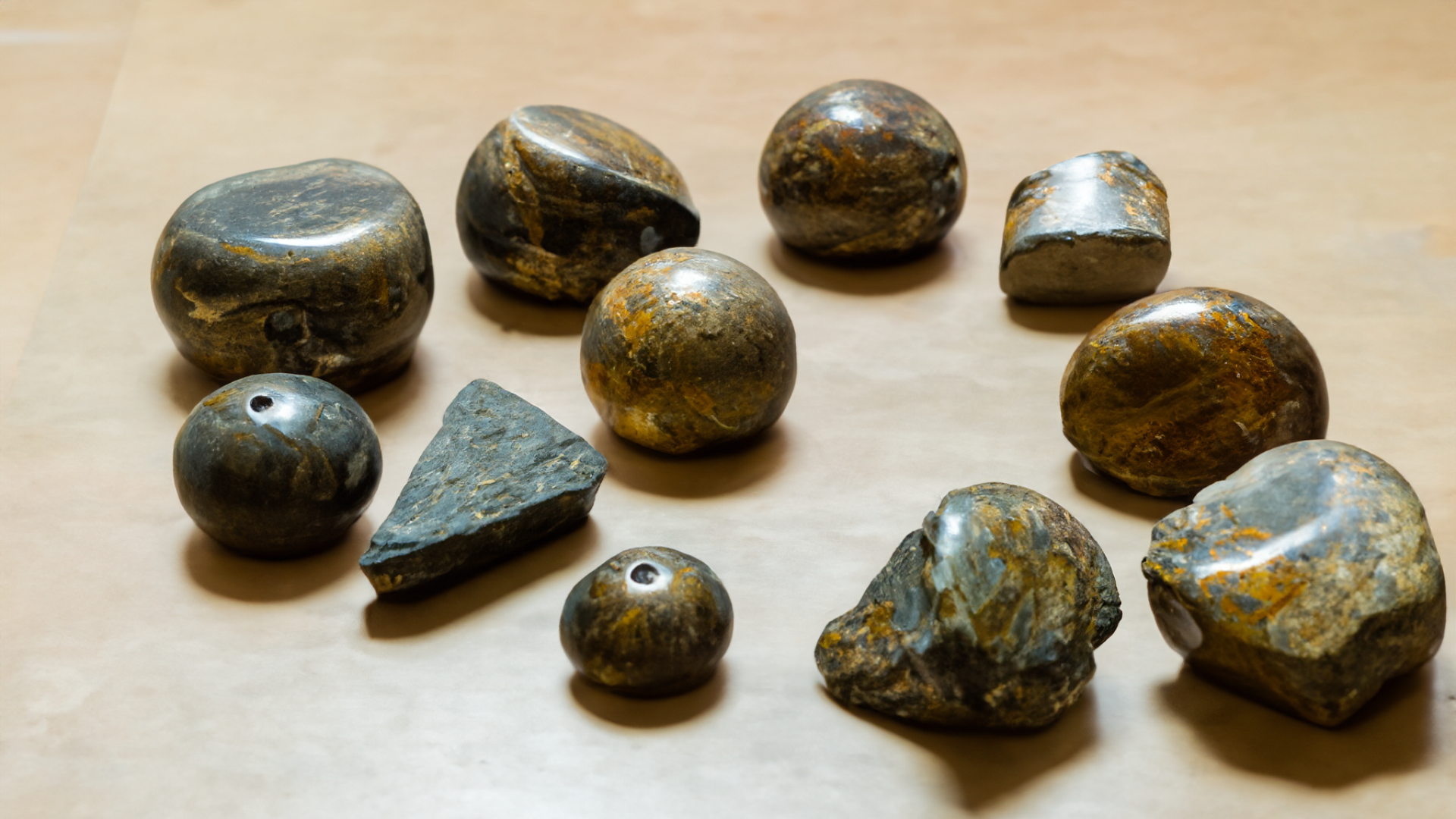
Transforming Rock Mechanics Testing with NextGen Inc.
Our range of equipment has transformed rock mechanics testing, a cornerstone of geotechnical engineering. As part of our comprehensive review, we examined three of our breakthrough rock testing products. These products include the NG-CoreGrind 2000, which stands out for its advanced grinding heads and its user-friendly design. The Rock Shear Box Apparatus, which has been widely adopted for its accuracy in the measurement of shear strength, and the Rock Strength Index Apparatus, which has been acclaimed for its high-resolution digital display and ability to handle a broad range of sample sizes.
Take advantage of this opportunity to enhance your testing capabilities! Whether you are interested in the precision of the NG-CoreGrind 2000, the accuracy of the Rock Shear Box Apparatus, or the adaptability of the Rock Strength Index Apparatus, we are ready to serve you. Please contact us or request an online quote customized to your specific testing needs. You can rely on our expert team to provide detailed assistance, ensuring that your system is aligned perfectly with your needs.
